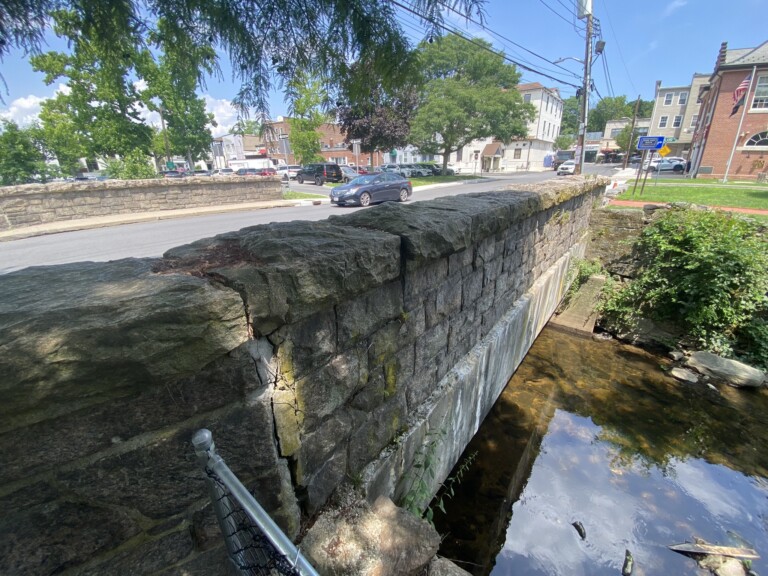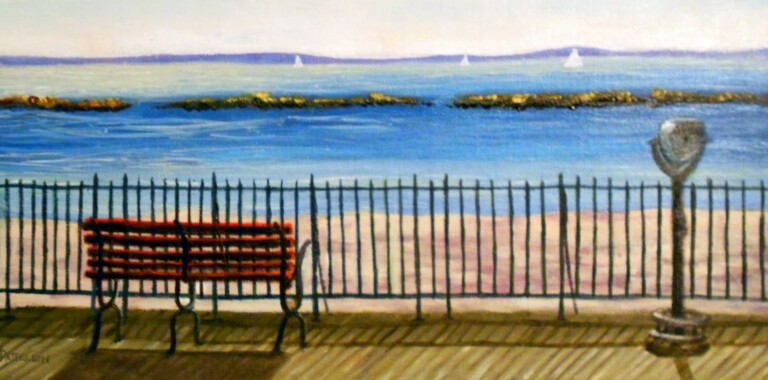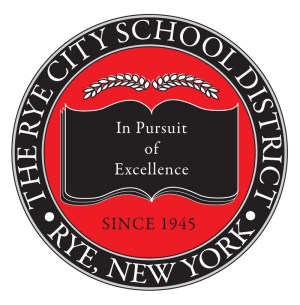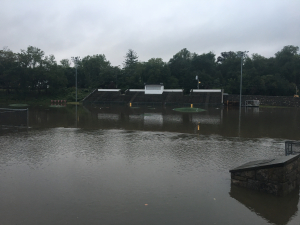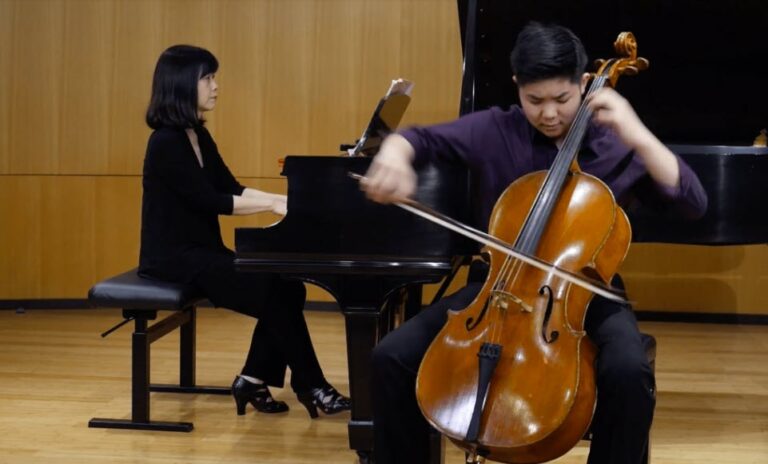Flooded but not Byrned: The Turf Field is Just Fine
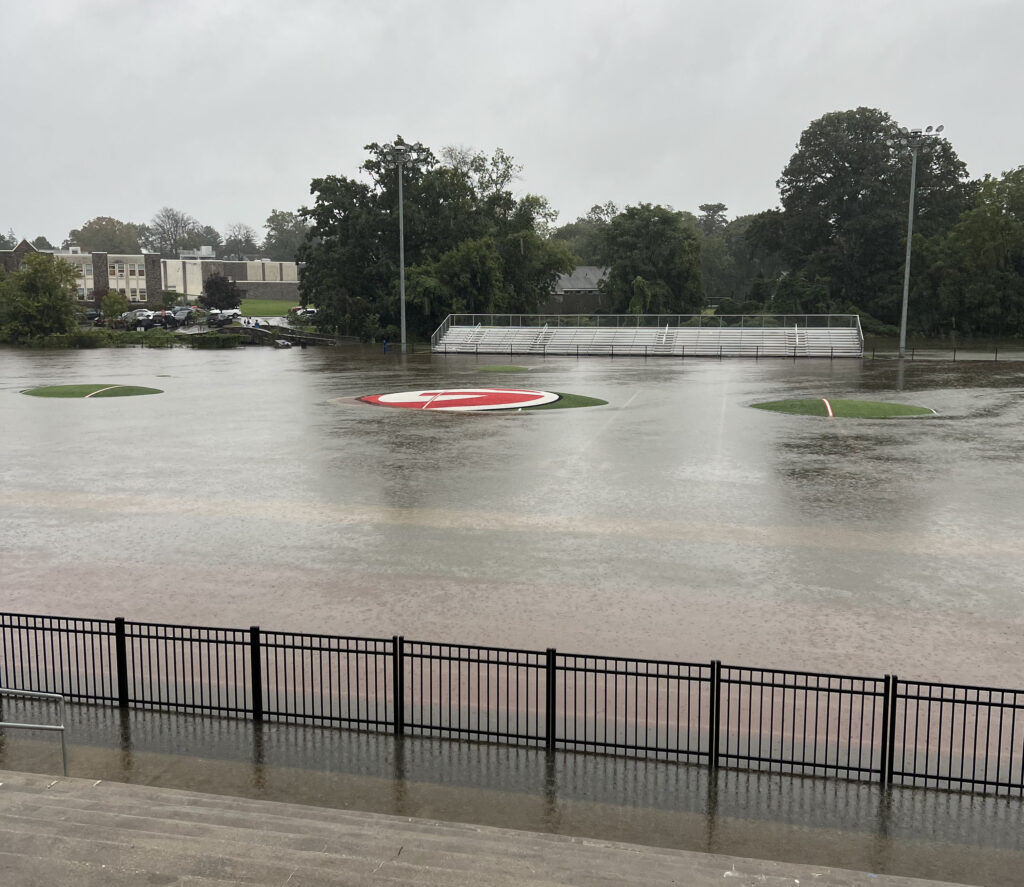
After the turf field at Rye High School’s Nugent Stadium flooded Friday during Tropical Storm Ophelia, the turf became a “hot topic”. One email swirling around town on the flooded field said “heads need to roll” and “It is time for the people who were hired to their positions of authority and leadership to take accountability for the decisions they made, as well as the elected politicians who allow the drainage issues to persist.”
There are many, many developments that brought us to this watery point, but school boss Eric Byrne took the opportunity Monday to put the turf consternation to rest.
Quoting from his tough turf report:
“The turf field at Nugent Stadium was inundated with water due to the heavy rainfall and drainage from the Post Road. The field’s drainage system worked exactly as designed and the field drained by Saturday morning. It was sanitized today (as is always required following flooding) and was successfully GMAX tested this afternoon, both as part of the District’s maintenance contract with our field contractors. The turf will be back in use tomorrow.
The Turf and Tarp
Nugent Stadium is in Blind Brook’s floodway. Not even a flood plain, where the Blind Brook occasionally overruns its bank, but a full-on floodway where water is certain to go. Why the decision was made to build the stadium there in the first place we can’t know. My guess is that Blind Brook flooded a lot less back then. We have looked into raising the field and have been told by FEMA that we will never be allowed to.
Knowing that the field will flood on occasion, the turf is designed to be flooded from above and below and to drain and be ready for use again quickly. We recognize it can be disheartening to see the turf covered with water, but please know it is designed to withstand it. Please also understand that the tarp doesn’t actually do anything to prevent flood water from accumulating. What it does do is protect the turf (which is like a carpet) from being torn or punctured by debris (logs, garbage, building materials, etc.) that comes with high water. Fortunately, there was very little, if any, debris from this recent storm. The tarp also helps keep the turf crumb rubber in place. Luckily we lost very little crumb as a result of Ophelia, but even if we had, we have a supply on hand at all times.
As you might imagine, we are under tremendous pressure to have the turf available for use no matter what the weather. We do our best to protect the community’s investment while simultaneously making it available to the maximum number of sports teams, PE classes, and community groups as possible. The decision to put the tarp down involves professional weather forecasting and we do not take it lightly. Once it is down, it must be fully dry before we can take it up again. Ultimately, we make decisions about the tarp based on the most current weather information we have, and we all know weather prognostication is far from an exact science!”

